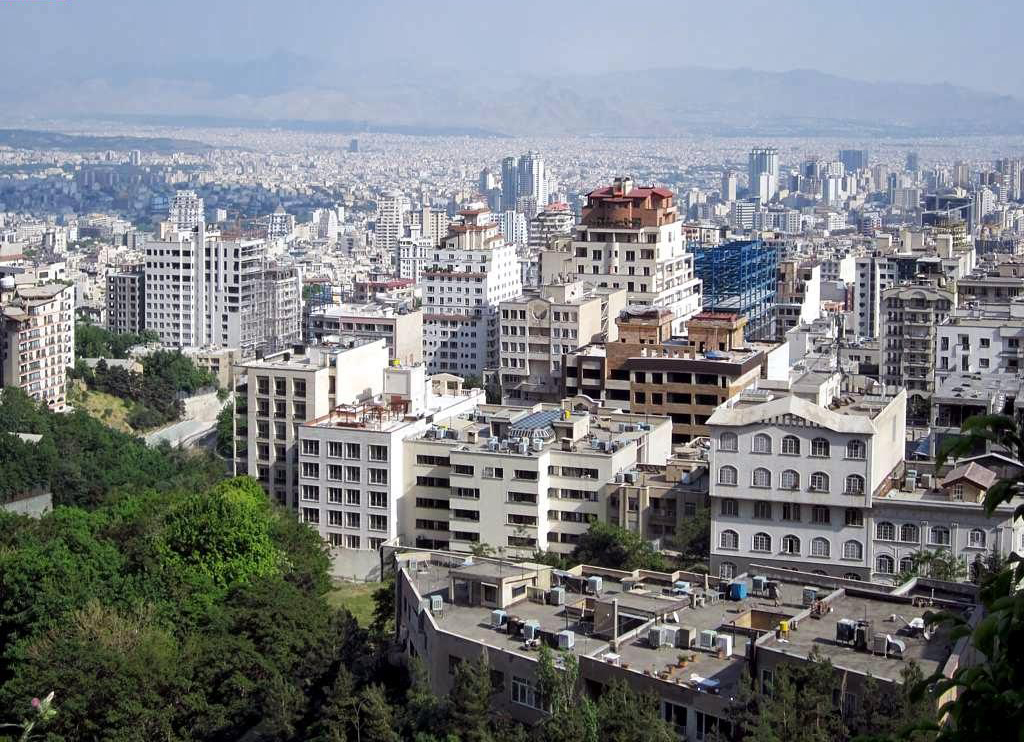Aware of the huge and increasing demand for affordable housing, the Rouhani administration has come up with a new comprehensive housing blueprint known as ‘Urban Zone’. The plan seeks to avoid mistakes of the past four decades in the sensitive socioeconomic sector by allocating government-owned land for constructing affordable housing, the ministry of roads and urban development announced in Tehran this week.
In the new model, the metropolis and its neighboring residential areas will be considered as one urban zone and residential complexes will be built by the private sector in the vicinity of major cities for people of varying financial capacity. The plan is in the final phase in the ministry and if approved would be implemented across the country, the Persian economic newspaper Donya-e-Eqtesad reported.
In a meeting organized by the housing ministry and attended by experts, engineering instructors and urban planners from Tehran University and the University of Science and Technology, Fardin Yazdani and Majid Ghamami, members of the Comprehensive Housing Plan Committee elaborated on the provisions of the plan. The scheme, among other things, is aimed at building the so-called “welfare houses” for the 30% of the population at the lowest-end of the economic ladder, comprising almost 2.4 million people now living in rented units.
Criticizing government housing policies over the past 40 years, which resulted in large migrations from the rural to urban areas and the emergence of ‘working class neighborhoods,’ the planners said the new arrangement calls for addressing the housing problem by preparing plans in line with the comprehensive development plan for better conformity of city zones with the real estate market.
The comprehensive plans are drafted by the High Council for Urban Planning and Architecture affiliated to the housing ministry. The blueprint specifies the city’s physical development limits and directs the organized development of communities, along with construction codes within urban areas. The council also is responsible for preparing housing plans which determine the location of government-owned lands to be allotted for building low-cost affordable houses.
Social Stratification
In the past four decades, governments embarked on various initiatives for developing low-cost housing, including allotment of 400 million square meters of state-owned lands for the construction of affordable houses in new towns. However, the new towns attracted a small percentage of the low income strata, largely due to scarce mortgages, long commute to and from the main city junctions, and poor urban planning.
However, a notable exception that merits mention is the undeniable success story of housing cooperatives founded by employees in many big and large enterprises, universities, state organizations, ministries et al across the country in the 1980s that enabled them to own their own homes through subsidized land and building materials made available by the government and easy lending schemes by banks.
Citing the Varamin, Robat Karim, Pakdasht districts in south and southwest Tehran as small residential areas which were created by migrants in search of less expensive accommodation, Ghamami said even though these areas turned into counties in recent times, they were almost nonexistent in the 1970s when the financially weak were “pushed out of the metropolis” as a part of the social stratification process.
As yet another evidence of social stratification, Ghamami noted, “Tehran’s population has increased barely by 2-3 percent in recent years whereas the numbers in satellite towns in Tehran Province shot up between 20 to 30 percent.”
Private Sector Role
In the new housing plan, state-owned land will be assigned to the private sector for design and development of residential complexes for the target group(s), Yazdani said. “In the Urban Zone model, the main city and its surrounding towns will be viewed as a single entity and their two major needs, i.e. developing new residential potential and provision of houses for specific groups, will be considered simultaneously.”
In the plan of action, the focus is on affordability for the deprived and needy. This demands curbing government monopoly in the construction process and new regulations to allow involvement of real estate developers willing to take up the task of building accommodation as close to the megacities as possible and eliminate the problem of long commutes between the new towns and counties farther away.


